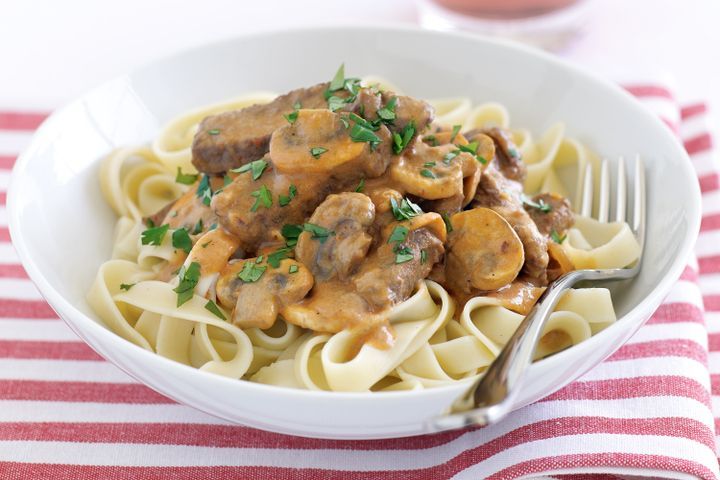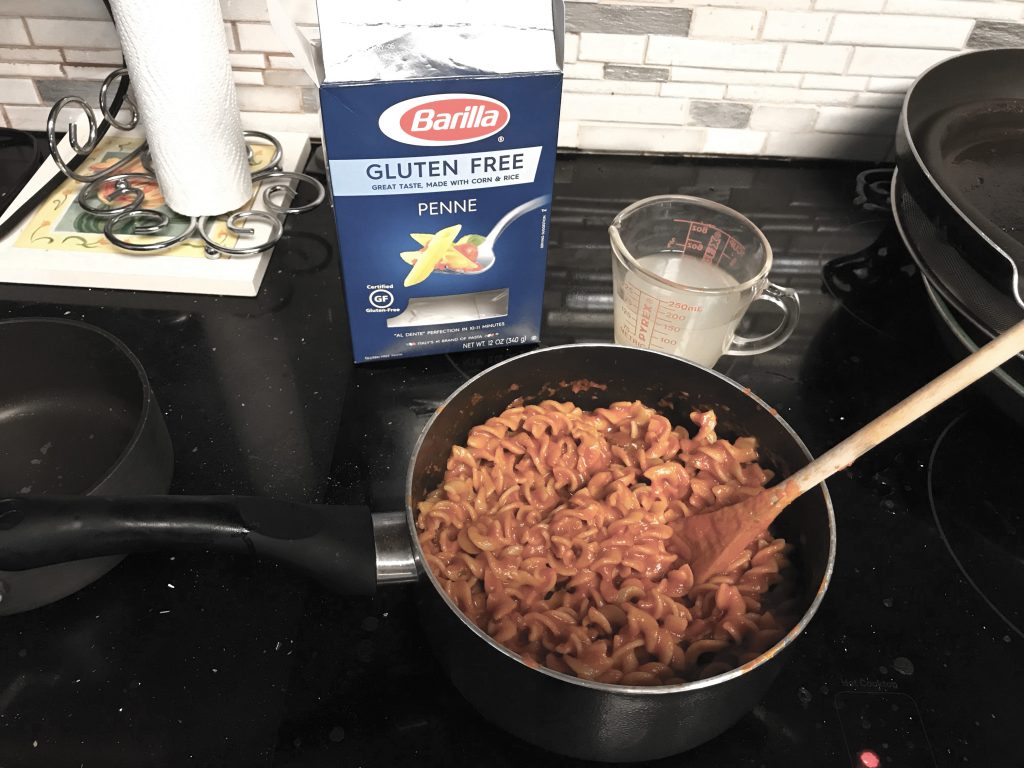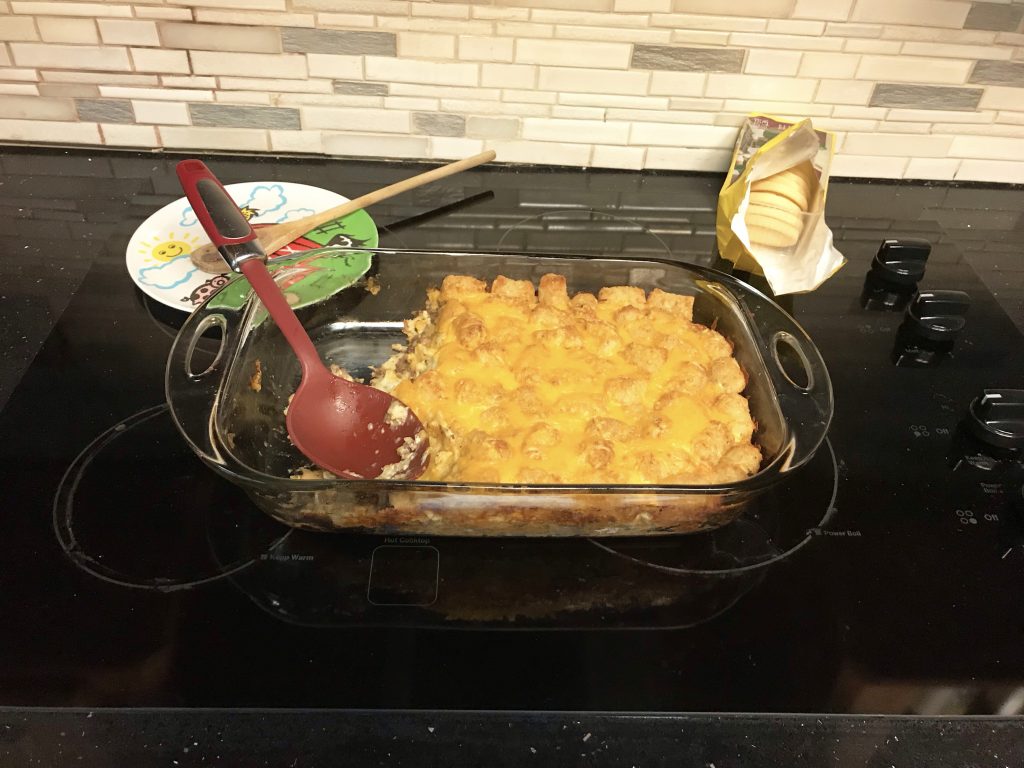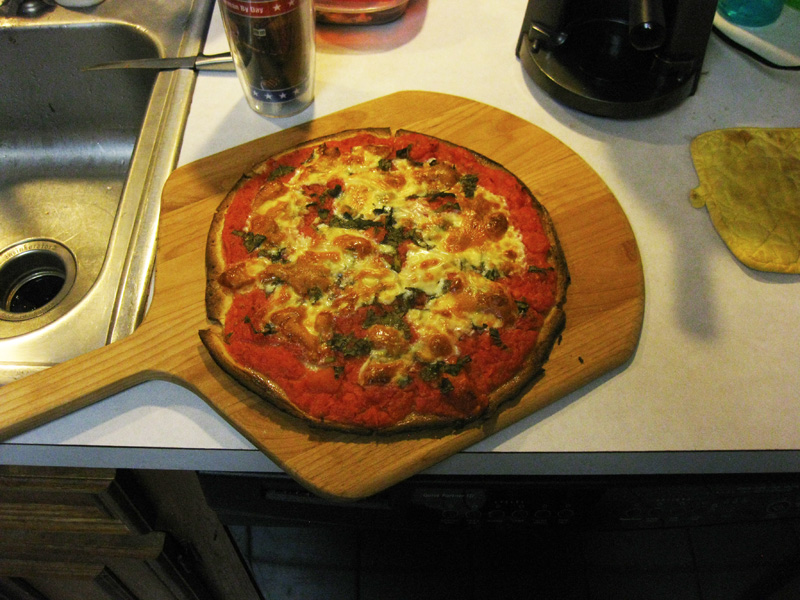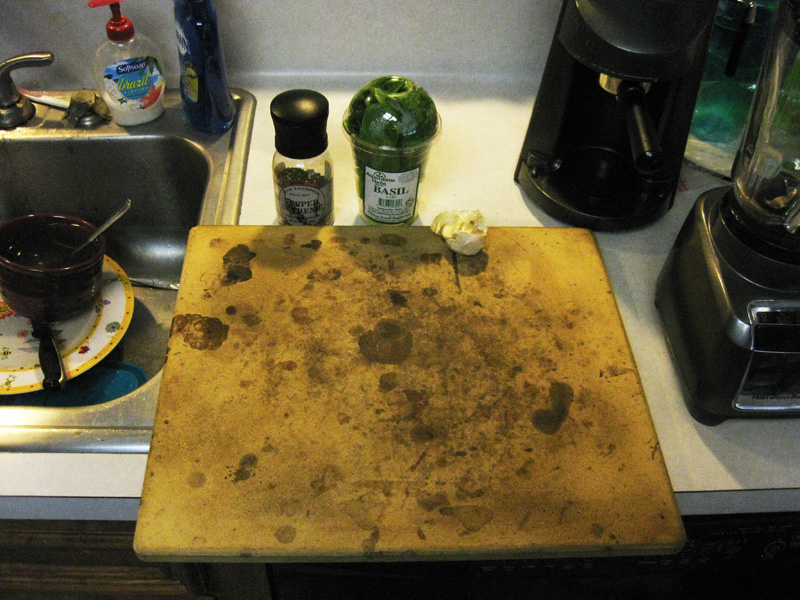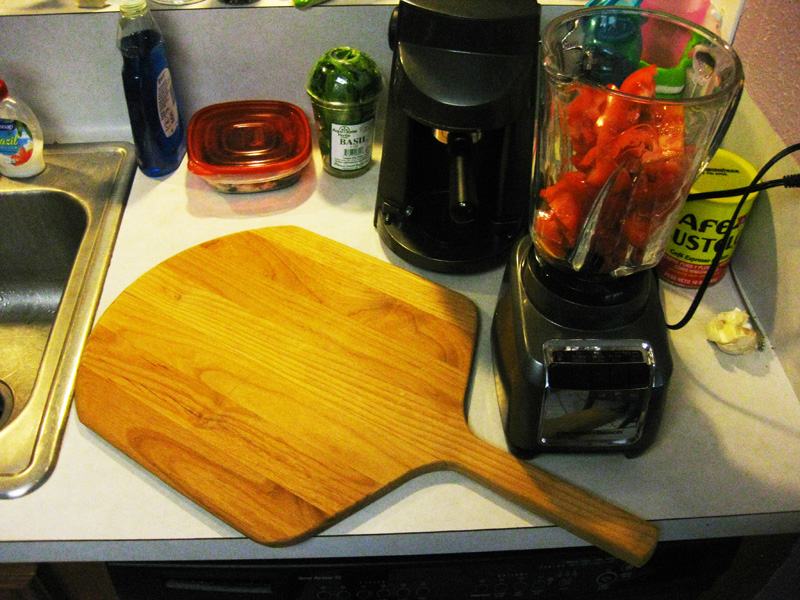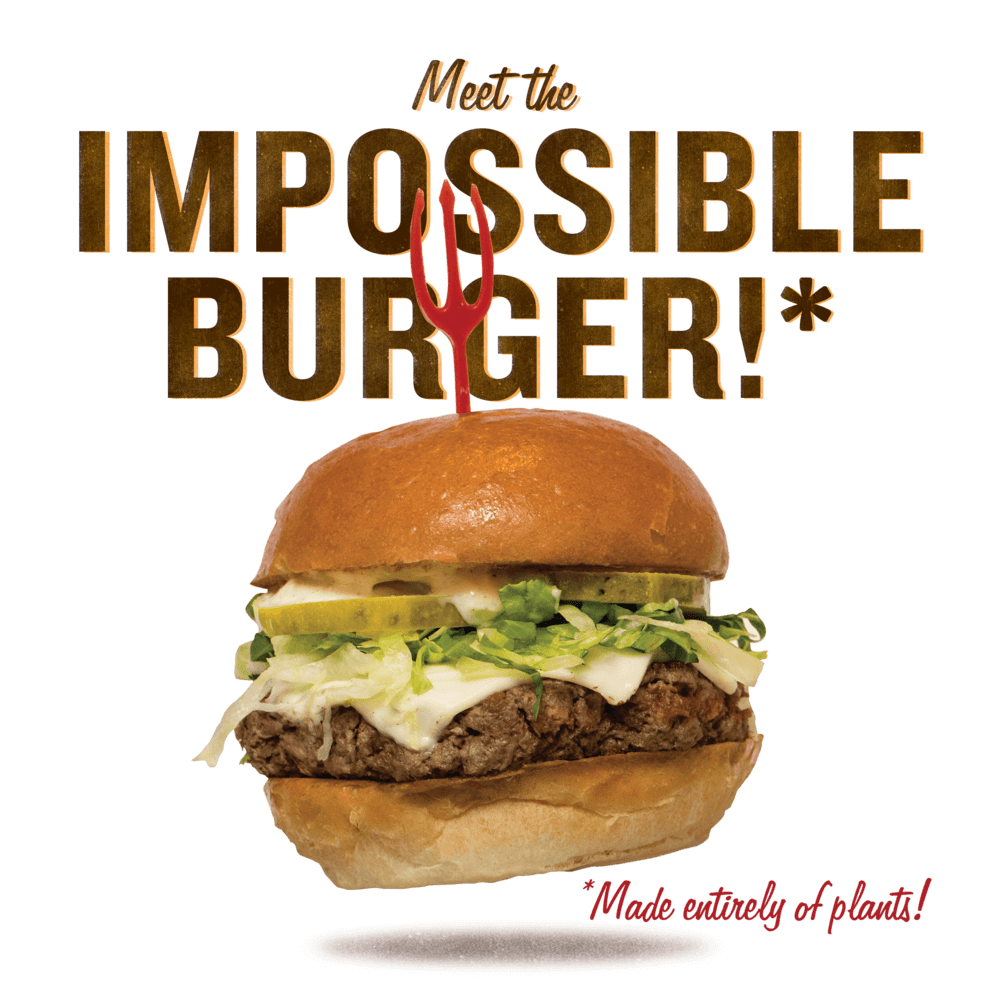
The “impossible burger” has been getting a lot of press lately. Burger King was quick to jump on it by crafting a Whopper version to capture that part of the market stricken with carnophobia (fear of meat). Undoubtedly they have met with some degree of success. After all, if a group of carnivore co-workers drag along their vegan comrade, he or she doesn’t have to settle for salad. Go for that guilt-free burger!
Before we delve into nitty-gritty of composition and nutrition, let’s try to answer the burning question: does it taste right or does it taste like a salad patty? For the purposes of answering, I made a visit to Burger King. Result? It tasted like its beef counterpart to me. As a bonus, for 10 minutes there, I was saving the planet. Karma.
The company that developed the Impossible Burger is, not surprisingly, Impossible Foods. Their mission statement reads as follows, “Animal agriculture occupies almost half the land on earth, consumes a quarter of our freshwater, and destroys our ecosystems. So we’re doing something about it: We’re making meat using plants, so that we never have to use animals again.” In all fairness I have to ask, don’t plants occupy real estate? Don’t they consume water? And how do cows destroy the ecosystem? I live in Texas where cattle is abundant and I have yet to see one of those lumbering brutes ravaging the countryside.
What Ingredients are in an Impossible Burger?
In 2016 the original Impossible Burger used texturized wheat protein. Then, this past January the company swapped it out with soy protein concentrate which has been served exclusively as of April. The soy was intended to deliver a higher-quality protein. But it also meant that the new patty was gluten-free, something the company said customers wanted.
Next, the research chefs added fats, notably coconut and sunflower oil. This was to give the burger a juicy sizzle on the grill in an attempt to more closely mimic “meat”. Additionally, they threw in fillers and binders like methylcellulose and modified food starch to hold it all together. Next they focused on additives to make the burger look, feel, and taste just right.
If that Impossible Whopper had an ingredient label on it you would see:
Water, Soy Protein Concentrate, Coconut Oil, Sunflower Oil, Natural Flavors, 2 percent or less of: Potato Protein, Methylcellulose, Yeast Extract, Cultured Dextrose, Food Starch Modified, Soy Leghemoglobin, Salt, Soy Protein Isolate, Mixed Tocopherols (Vitamin E), Zinc Gluconate, Thiamine Hydrochloride (Vitamin B1), Sodium Ascorbate (Vitamin C), Niacin, Pyridoxine Hydrochloride (Vitamin B6), Riboflavin (Vitamin B2), Vitamin B12. Well, at least there’s some vitamins in there!
The Impossible Burger also contains heme, unlike other veggie patties. Heme is an iron-containing molecule commonly found in myoglobin in muscle tissue and hemoglobin in blood. This is what what makes meat taste like meat. Plants contain it as well.
Is It Healthier than Real Beef?
In the words of Elisabetta Politi, M.P.H., R.D., L.D.N., Nutrition Director of the Duke Diet & Fitness Center in Durham, North Carolina, “No. I don’t think it’s any healthier. As a nutritionist, I tell people that if we want to find a way to address obesity and diabetes, it’s to go back to the way our grandparents ate. I’m not saying that genetic modification is wrong, but I think it’s disconcerting to make up food. I would not consider this wholesome food because it’s something that has gone through a lot of changes and was created in a lab by the food industry.”
As far as saturated fat (the bad stuff) goes, she says, “An 85 percent lean beef burger, which is what you see in restaurants, has about 6 percent saturated fat. An Impossible Burger has 8 grams of saturated fat in a four ounce patty, because it contains all that coconut oil.”
The Impossible Burger falls short on protein. A beef burger offers 29 grams while the Impossible weighs in at 19 grams. If you live with high blood pressure like I do, you should also know that the Impossible contains 370 milligrams of sodium, or about 16 percent of the recommended daily amount whereas there are only 82 milligrams in a beef burger. That’s a huge difference.
The Impossible Burger has the edge when it comes to fiber, as you might imagine. Beef has zero but the Impossible delivers 3 grams, or about 11 percent of the daily-recommended amount. Regularity is a good thing.
The Bottom Line
Both Impossible Burgers and Beef burgers have their pros and cons. As I’ve said before, the “fake meat” tastes the same as the “real meat” to me so it’s really just a matter of choice. If you’re a vegan, environmentalist, or just making a political statement you can now enjoy a burger without guilt.

Looking for more great content? Visit our partner sites:
I offer article and blog-writing services. Interested? Hire Me!
Did you find this article helpful? Thanks for supporting this free site with a small donation!
Visit Kelly’s profile on Pinterest.
About the author:
 Kelly R. Smith is an Air Force veteran and was a commercial carpenter for 20 years before returning to night school at the University of Houston where he earned a Bachelor’s Degree in Computer Science. After working at NASA for a few years, he went on to develop software for the transportation and financial and energy trading industries. He has been writing, in one capacity or another, since he could hold a pencil. As a freelance writer now, he specializes in producing articles and blog content for a variety of clients. His personal blog is at I Can Fix Up My Home Blog where he muses on many different topics.
Kelly R. Smith is an Air Force veteran and was a commercial carpenter for 20 years before returning to night school at the University of Houston where he earned a Bachelor’s Degree in Computer Science. After working at NASA for a few years, he went on to develop software for the transportation and financial and energy trading industries. He has been writing, in one capacity or another, since he could hold a pencil. As a freelance writer now, he specializes in producing articles and blog content for a variety of clients. His personal blog is at I Can Fix Up My Home Blog where he muses on many different topics.



